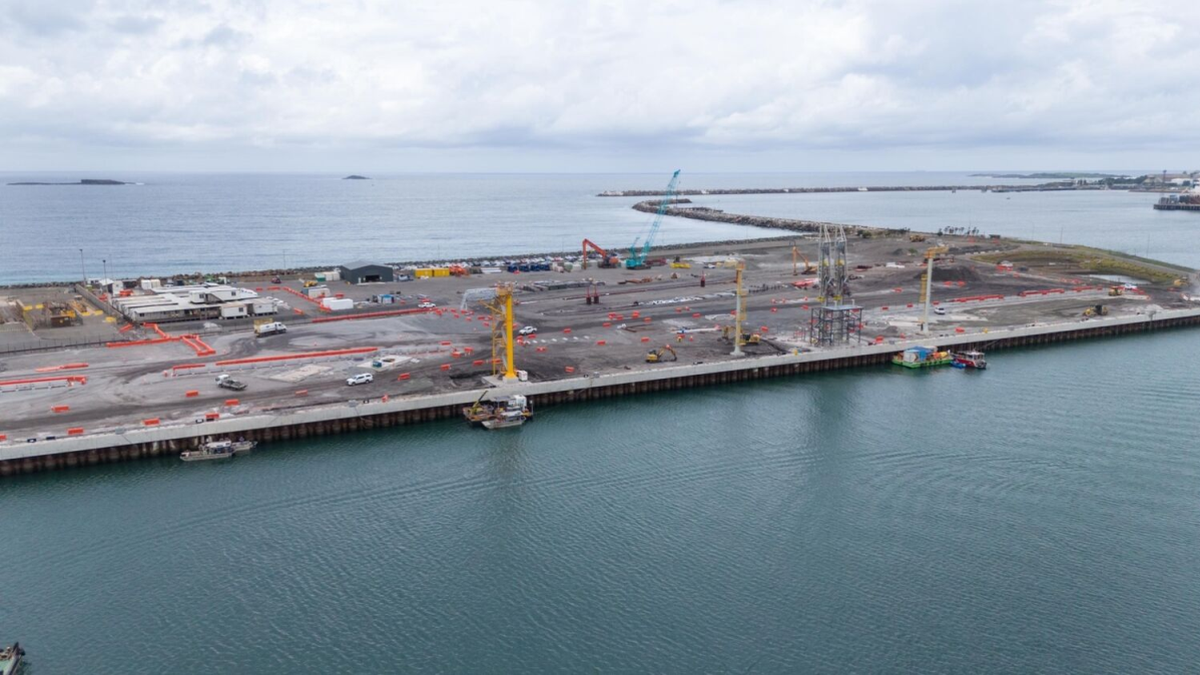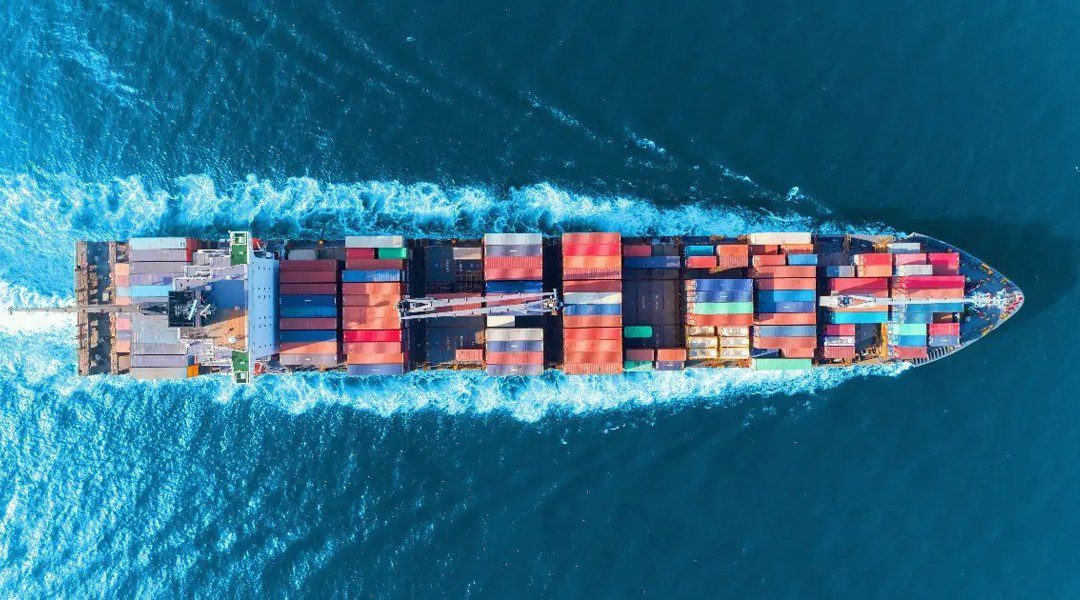 Australia’s first LNG import terminal is taking shape at Port Kembla (source: Squadron Energy)
Australia’s first LNG import terminal is taking shape at Port Kembla (source: Squadron Energy)
LNG terminals and ports around the world have achieved a series of firsts, while other terminals are announcing expansion plans
Trials have been taking place to deliver alternative fuels, including LNG, to ports around the word. In Japan, two notable firsts were achieved in the first quarter of 2024: the Tobata LNG Terminal supplying the LNG that delivered in first bunker delivery in Japan; and the LNG fuel for Japan’s LNG bunker delivery operation, supplied from Kitakyushu LNG Co’s Tobata LNG Terminal.
Keys Bunkering West Japan Co, a joint venture established by Kyushu Electric Power and NYK Line, Itochu Enex Co, Ltd and Seibu Gas, completed the LNG bunkering in the port of Hiroshima with the stem of LNG as a marine fuel to NYK’s pure car and truck carrier Daisy Leader, using the bunkering vessel Keys Azalea at Hiroshima Port. This is the first LNG bunkering in western Japan and comes shortly after the 2024-built, 3,500 cbm Keys Azalea was delivered at the end of March 2024 from a Mitsubishi Heavy Industries-owned yard. It is the first LNG bunkering vessel to operate in the Kyushu and Setouchi regions for Keys Bunkering West.
The other significant bunkering event to take place in Japan will be the first ammonia bunkering operation. This will take place in the Port of Yokohama in May 2024. Japan’s largest power generation company, JERA, will supply ammonia to an ammonia-fuelled tugboat (A-Tug) owned by compatriot shipping company NYK Line and operated by Shin-Nippon Kaiyosha Corp in a truck-to-ship bunkering operation. This is part of a JERA joint study with chemical firm Resonac regarding the building and securing of an ammonia supply system.
On the terminal side, expansion plans are in place in India, with one Indian terminal receiving its first cargo. The inaugural LNG import cargo was delivered to the LNG Storage & Regasification Terminal at Chhara, in the state of Gujarat, India, by the 2015-built 160,000 cbm Maran Gas Mystras. The terminal was developed by Simar Port Private Limited (SPPL) and is now wholly-owned by HPCL LNG Limited (HPLNG). The terminal is spread over 138-acres and has a 1.2 km-long jetty. The import terminal was designed for regasification capacity of 5M tpa, with provision to expand to 10M tpa capacity.
A similar capacity is planned for the GAIL owned by Dabhol LNG terminal, which has a nominal capacity of 5M tpa, but is limited to 2.6M due to having to be idled during the monsoon season. GAIL intends to extend the breakwater at the Dabhol LNG terminal to allow a more extensive season of operation and increase the nominal capacity to 12M tpa. This is part of the overall strategy announced in June 2021, when the then Indian minister for petroleum and natural gas and steel, Dharmendra Pradhan, said India is committed to achieving a 15% share of natural gas in the primary energy mix by 2030 to help reduce environmental pollution and meet its commitments to COP-21. This would require more than doubling the LNG import capacity, even with the proposed Dabhol extension.
Australia will more than double its import capacity when its only LNG import terminal comes online. Australia is one of the top three LNG exporters in the world but growing demand for greener energy has led to the development of an import strategy, led by the Port Kembla Energy Terminal, which has reached a financial close.
The construction is over 90 per cent completed and a new gas pipeline connecting the terminal to the Eastern Gas Pipeline was completed late last year.
Critically, Squadron Energy has secured the FSRU Hoegh Galleon, to receive imported gas without the need for new gas fields. The FRSU will remain on sublease until required.
Timing of the FSRU’s arrival remains on track for 2026 when Squadron Energy expects to use the terminal for its own firming needs, in addition to commercial customer requirements. Hoegh Galleon is set to be deployed in the northern hemisphere until 2026, but can be redeployed to import gas into NSW and Victoria for the 2025 winter if required.
According to Squadron Energy, the Port Kembla Energy Terminal remains the best short-term solution to provide gas to Australia’s eastern states without new local gas fields. It can supply up to 500TJ per day, enough to satisfy nearly all of Victoria’s, or 70% of NSW’s, gas demand.
Further north, in Papua New Guinea, an LNG terminal sold its first LNG spot cargo. In mid-April 2024, Kumul Petroleum Holdings Limited directly marketed its first LNG cargo on the spot market from its share of product from the PNG LNG Gas Project, which was not committed to long-term sales agreements.





